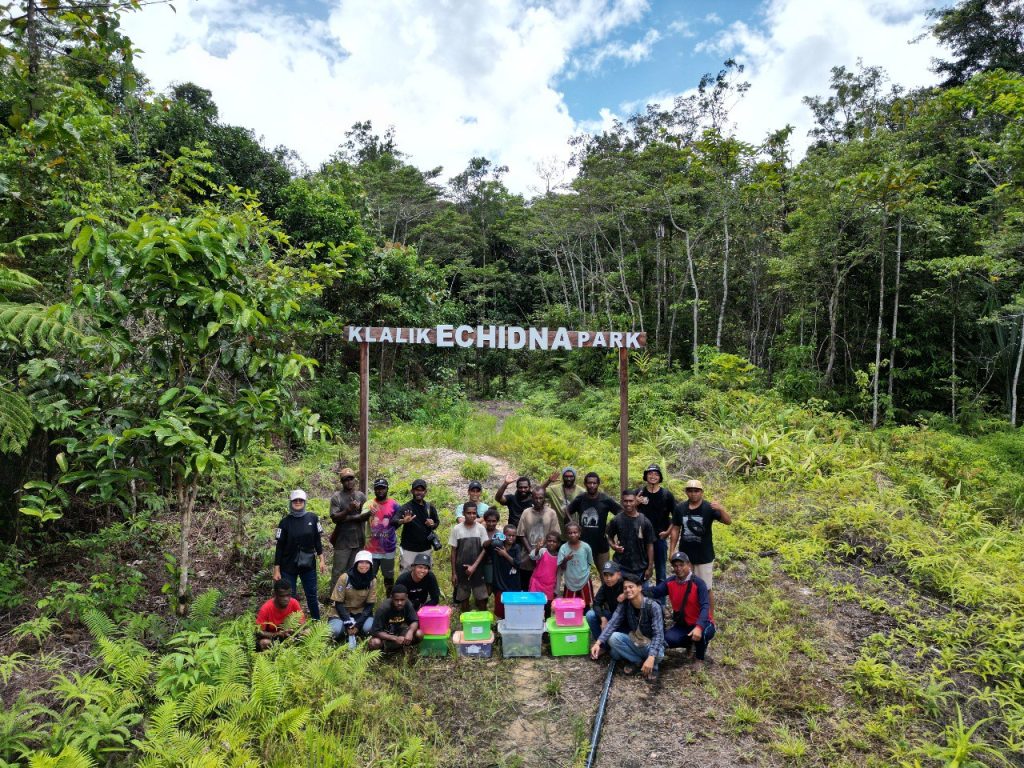
Mammalwatching Turns 20
Twenty years ago this week I was reluctantly packing up my life in Australia to move to France. Desperate for a distraction I decided to build a website to share what I had learned during 7 years chasing Australia’s mammals.
Back in 2005 I believed I was one of only two serious mammalwatchers on the planet (Rohan Clarke in Australia was the other). This exclusivity was one of life’s great mysteries. I suspected a popular misconception about how hard it was to find mammals was partly to blame. As was the lack of information about where and how to search for them. When I was planning a trip back then the best intel I could hope for was a brief list of mammals at the end of some birding trip reports or what I could extract over the phone from researchers I would harass at every opportunity. I was envious of all the resources Australian birders had at their disposal and hoped mammalwatching.com could redress the balance.
Twenty years – and 1760 lifers – later how things have changed! There is now a thriving global mammalwatching community: several thousand people subscribe to Katy’s newsletters and many more have joined regional mammalwatching groups on Facebook. Mammalwatching.com had almost 70,000 unique visitors in August alone.
It is much easier now to watch mammals in part because of a treasure trove of information on where and how to find many species that I once thought I would never see in the wild. From Snow Leopards to Spectacled Bears, from Pandas to Pangolins, there are now dozens of mammals that just 20 years ago were widely thought of as ‘impossible’ to see but which are now pretty much guaranteed in the right area.
I have long had a theory that there is a reliable place to see just about every mammal, even if we don’t know where those places are yet for many species. And the evidence for this theory gets stronger ever year. A few days ago I may have found a reliable place to see Sunda Pangolin on Java (report coming soon).
Meanwhile dozens of tour companies, guides, lodges, even whole communities – like Klalik village in West Papua – have seen their lives transformed by mammalwatching ecotourism, sometimes from just one trip report. This is great for conservation. At the risk of stating the obvious, once a species has value to a local community it can go from persecuted to protected.

I’m excited to see what the next twenty years will bring.
This community has no shortage of ideas on ways to grow interest in mammalwatching and to scale up the benefits that it is already bringing to global conservation and to scientific research. But there is a shortage of time and money to turn those ideas into action. Mammalwatching Inc. is now a registered charity in the USA and we will be trying to raise funds to help bring these ideas to fruition. More on this soon. Though if you know any philanthropists who might be interested in supporting this work then I would be very very happy to hear from you. In the meantime, you can always buy me – or rather the website – a birthday coffee or two: https://buymeacoffee.com/mammalwatching
Most importantly I wanted to thank all of you who have supported the website and this community over the past 20 years. Thank you to the companies that advertise and to each and every mammalwatcher who has taken the time to write trip reports, offer advice, join trips or simply make a supportive comment now and again. We may still be vastly outnumbered by birders and herpers, but what we lack in population we make up for in our sense of adventure, enthusiasm and friendliness. We are also – obviously – much cooler and better looking.
Together we have become a powerful force for conservation.
Happy twentieth birthday to us!
Post author
29 Comments
-
-
-
Bozon
You can be extremely, extremely proud of this great achievement!! It must have been and still is your mission in life and great respect for what you have done. The more I travel the more I realize how important these initiatives are and where they can lead to. Sensible Ecotourism will and has to lead to the protection of nature and its wildlife and generates income for local communities. Great and sincere thanks to you and all other people who have helped you with this initiative during those 20 years to bring it to this stage! You have made a difference in your life for others and for nature.
-
-
tomeslice
Boom Jon!
Thank God for this website, and for the information exchange and the kindness of its members!I can’t imagine how much less exciting my life would be without it (and how much richer and with a happier wife and mom 🤪)
But seriously – being one of the first readers and even contributors (I think) to the site, it’s also awesome to see the evolution that it’s been going through: from earlier trip reports that would be considered good if you had 10-20 species, to the thermal-scope era, where people return with trip lists in the 50s-80s for a 2-3 week trip.
And with things like jaguar and Iberian lynx, or even spectacled bear being first impossible, then seasonal, to now pretty much guaranteed any time of the year – and we keep evolving!Of course I’ve met lots of amazing people thanks to this website, and I’m very thankful for that as well.
The only thing that I think is only getting HORRIBLY worse with time is my sense of humor on MammalWatching trips…. Just ask my Bolivian group members and Nick 😅… Can’t win everything 😜Cheers, and to many many more years!
~Tomeslice -
-
Lars Michael Nielsen
Thank you for creating this place and forums on social media. I started out as a birder when i was five, but mammals has also always fascinated me. Although I still enjoy birdwatching, and always will, I actually find more joy in mammalwatching now, and meeting fellow nerds with interest in furry creatures has been an awesome eyeopener. I look forward to meeting you and all the great people I’ve met online in the field one day. Once again, happy birthday and thank you.
-
PandaSmith
Wow 20 years! so fast but it actually seems like longer when I contemplate the number of expeditions this website has generated for me and my family. I am pretty sure I must have found your website like ten minutes after you launched it! And to think how much richer I would be today had I not found it (in terms of $$$). But nothing can compare how rich this forum has made me emotionally and psychologically – money can’t be the only thing in life. You’ve done such a service Jon. To think of how much real conservation has been initiated and supported by this website – maybe time to consolidate examples? You probably have already. And to think of how many lives you’ve impacted with this site – how many “Trips of a lifetime” have happened due to this! Seriously, the impact is immeasurable. To think, mammal watching is now a thing! Well done my friend.
-
CatherineG
Congratulations on 20 years! Reading trip reports has completely transformed how I find mammals – instead of wandering hopefully, I actually know where to look (or dream about looking). The site’s invaluable for planning and infinitely more fun thanks to the humour sprinkled throughout. Here’s to the next 20 years of making mammals findable! 🦡🎉
-
-
Samuel Marlin
Happy birthday and congratulations! Thanks much for creating such an amazing and so useful website Jon. This is an endless source of ideas and provides so much help to organize my next nature trips. Your website also created a large community of enthousiast and nice people with whom it is always great to get in touch for help and tips on how to visit countries and/or find target species.
I wish I could travel as much as you do Jon ! 🙂 -
maurice-tijm
Congrats Jon. What an achievement!! Great idea to start a charity too. This platform is the most important thing for us mammalwatchers and such a great read on all the countries and cultures. For nearly every larger reserve in the world you now can look up what you would see there in 3 nights spotlighting. So many dream mammals from field guide plates came to live here. I have been following every community post and report since you started filling Australia state by state.
-
Lennartv
Mammalwatching.com was the website I did not know I needed. I don’t know anymore what exactly made me look for the first time on this site 8 years ago (I believe I was after Snow Leopard information at the time), but I got so much more information! There were suddenly so many more places I needed to visit and mammals I needed to see.
So much even that a previously mythical mammal to me like the Snow Leopard suddenly seemed one that could easily be ‘ticked off’: there were new frontiers to explore! Hard mammals became easy and mammals that I previously hadn’t heard of were the new target to strive for. Clouded Leopard was my new Snow Leopard. I finally went for it back in 2019 and thanks to the information on this site I got in contact with the right people and managed to see Clouded Leopard, Marbled Cat, Flat-headed Cat and Sunda Leopard Cat all in one Borneo-trip.
After that I have seen other great mammals such as Giant Panda thanks to this site and so much more! I look at it every week for new trip reports and there are endless possiblities for new destinations now.
Thanks for this great iniatiative Jon and cheers to many more years!
Leave a Reply
You must be logged in to post a comment.


Ralf Bürglin
Congratulations, Jon. Great achivement!